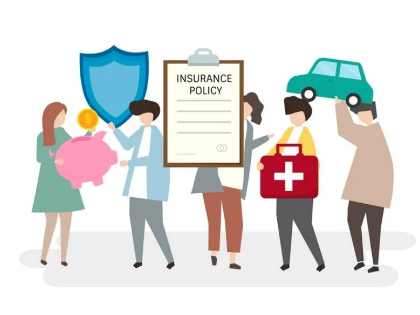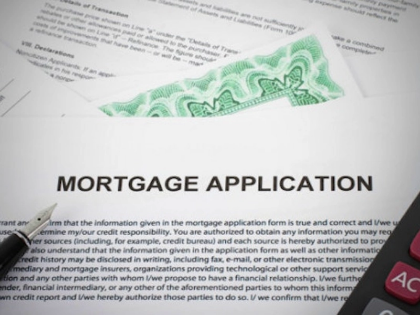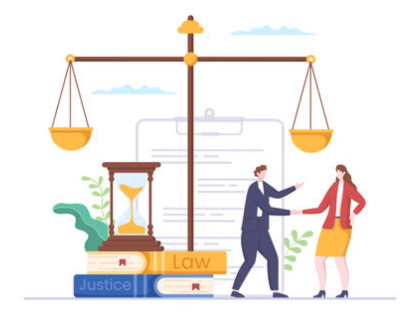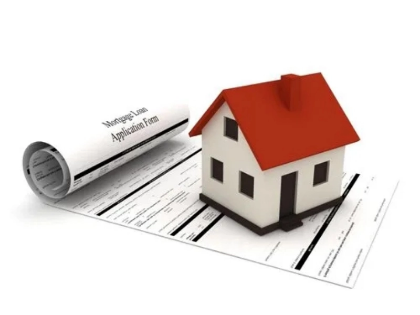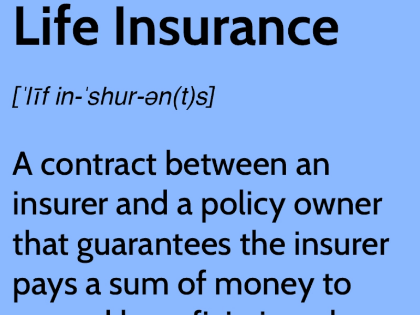Do I Need Flood Coverage for My Home Insurance?
Flood damage is usually not covered by homeowner's insurance. You therefore require a different flood policy.
FEMA's maps can be used to determine the flood risk associated with your residence. Remember that maps are subject to change. You might also want to think about getting an elevation certificate. That may assist in reducing your premium.
Flood Insurance: What Is It?
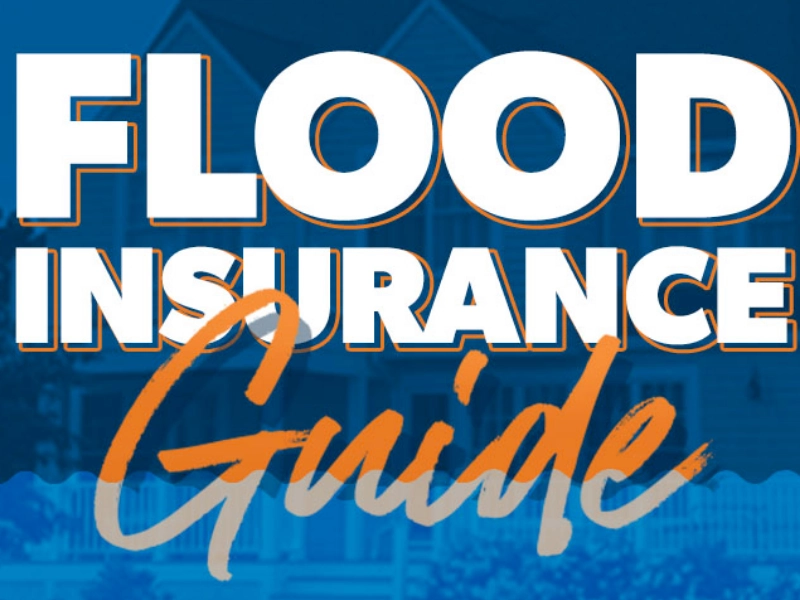
Through authorized insurance agencies, the federal National Flood Insurance Program (NFIP) provides building and contents policies. Your agent can suggest the right coverage for your needs based on a home inventory and an assessment of the potential value of the items. Contents are insured on an actual cash value basis, while buildings are covered at replacement cost.
The location, elevation, and whether or not a house is located on a floodplain are some of the variables that determine how likely it is to flood. Mortgage lenders frequently demand that homeowners who own properties in high-risk locations obtain flood insurance.
Licensed insurance agents can help homeowners purchase NFIP policies, and private insurers can also provide coverage. Insurance usually has a waiting period of thirty days from the time it is purchased until it becomes effective. Homeowners can learn more about their home's flood danger by using online resources like Flood Factor. Climate change is causing many states to update their flood zone maps, so it's critical to discuss your risks with a local insurance agent.
Is flood insurance necessary?
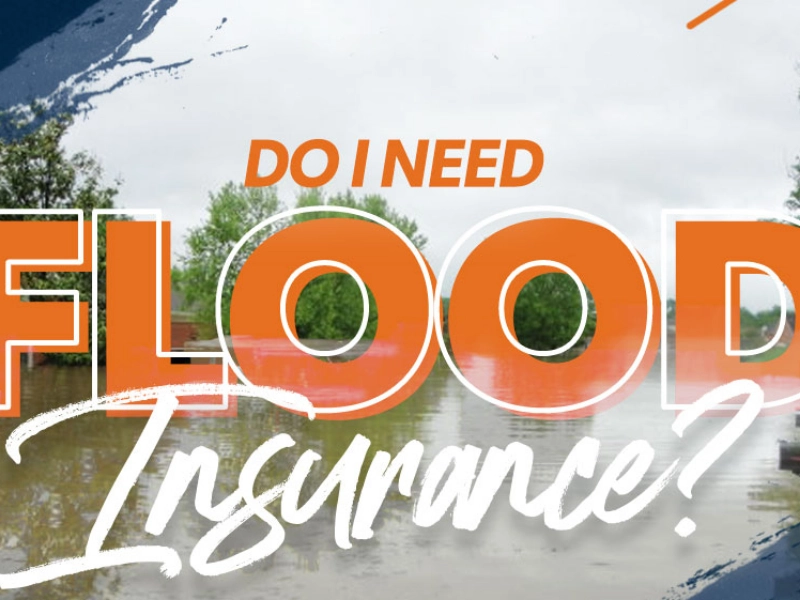
Depending on your risk tolerance and the value of your house and possessions, you can determine if you need flood insurance. Many homeowners, including those who reside in flood-prone areas, do not have adequate coverage. The truth is that floods may occur anywhere and that even one inch of water can wreak havoc.
The National Flood Insurance Program and certain private insurers offer flood insurance. For homeowners in high-risk locations with federally backed mortgages (such as FHA, USDA, and VA loans), it is mandatory.
However, homeowners in low- or moderate-risk areas might find it wise to purchase flood insurance. Your risk zone, the difference between building and contents coverage, the deductible, and the specifics of your policy will all affect how much the policy will cost. You can evaluate your demands and comprehend your possibilities with the assistance of a certified insurance adviser. A house inventory can also assist you in figuring out how much contents insurance you'll need to get.
How much does flood insurance cost?
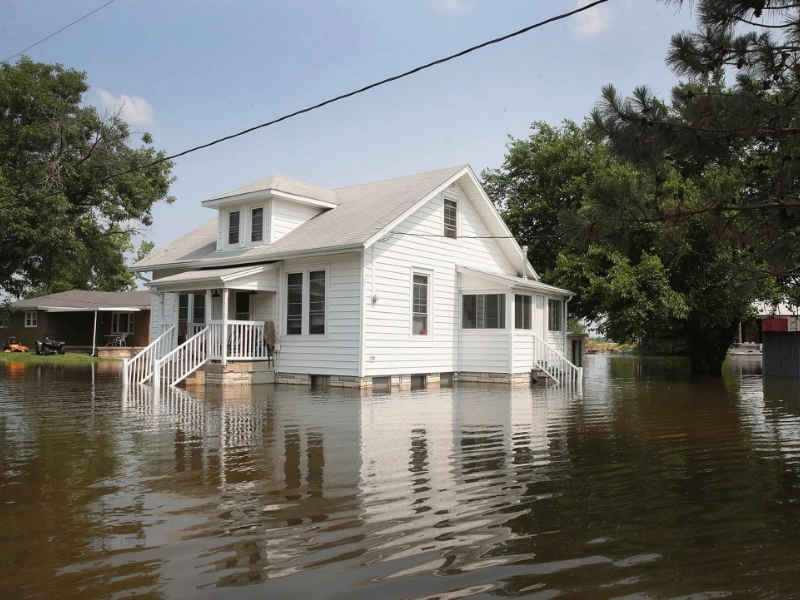
Flood damage is typically not covered by homeowner's insurance. You will therefore be responsible for covering the cost of any repairs and new possessions if your home is flooded. Having flood insurance is therefore worthwhile, even if you don't reside in a high-risk area.
The location of your property, the kind of foundation, the amount of space below the base flood elevation (BFE), and whether or not it has been upgraded with mitigation elements are the factors that determine your NFIP premium. Additionally, you can reduce costs by selecting a greater deductible.
A new policy rate methodology that will gradually move the premiums closer to the risk-based cost of a specific property has been announced by FEMA. However, the full advantage of this adjustment won't be realized for many policyholders for several years because federal law caps increase by 18% annually.
Does my home require flood insurance?
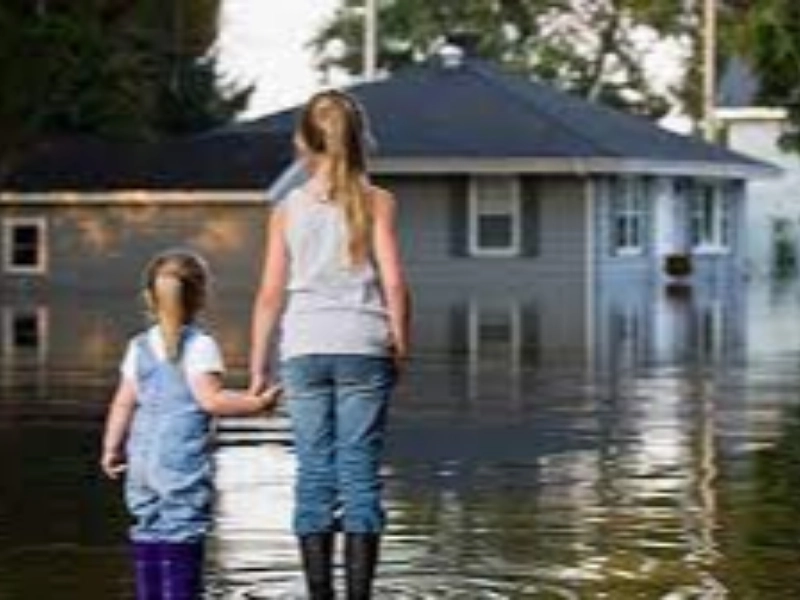
Your mortgage lender will probably need you to obtain flood insurance as a condition of your loan if you reside in a high-risk flood zone. You should still think about it even if you don't live in a high-risk location, because even one inch of water can result in damages up to $25,000.
It is usually not covered by renters' or homeowners' insurance; you will need to get a separate flood policy. Nevertheless, your rates might be significantly reduced if you have the appropriate mitigation elements in place.
Standard plans with coverage amounts of up to $250,000 for a structure and $100,000 for contents are available via the government's National Flood Insurance Program. Proprietors in less hazardous regions might be eligible for a preferred risk policy, offering identical coverage at a more economical cost. You can find out if you qualify for a discounted rate or if the entire risk-based cost will be borne by you by speaking with your insurance agent. They may also assist you in determining the amount of building and contents coverage you require.


